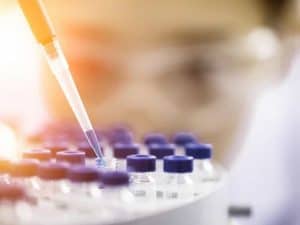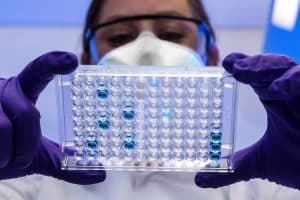‘Mini brains’ grown in lab
pharmafile | August 29, 2013 | News story | Research and Development, Sales and Marketing | Stem cells, autism, mini brains
In a move which seems closer to science fiction than real life, scientists have grown from human skin what they say are miniature human brains as part of a plan to push forward neuroscience research.
The work, which has been reported in the journal Nature, has created from human stem cells pea-sized neural clumps which resemble the brains of nine-week old foetuses.
“This whole approach is really in its early stages,” says Arnold Kriegstein, a developmental neurobiologist at the University of California, San Francisco. “The jury may still be out in terms of how robust this is.”
But the creation of the ‘mini brains’ has been hailed as a remarkable achievement – although study co-author Juergen Knoblich, a developmental biologist at the Institute of Molecular Biotechnology in Vienna, admits: “The big surprise was that it worked.”
Clive Svendsen, a neurobiologist at the University of California in Los Angeles, likened it to “making a brain in a dish” and told Nature that the tissue developed in this work could be useful for researching human neurological diseases.
Knoblich acknowledges that the structure is not exactly like a brain – for one thing it lacks blood vessels – but the authors say it can model key aspects of microcephaly, a disease that retards brain growth and can lead to learning difficulties.
This could be useful in research, since the condition has proved difficult to replicate in rodents in laboratory conditions.
Researchers found that tissue chunks from stem cells which came from the skin of a person with microcephaly did not grow as big as those from a healthy participant in the study.
Stem cell research is fraught with ethical issues – such as worries about scientists ‘playing God’ – and Knoblich believes it would be ‘undesirable’ to grow a brain bigger than 3-4 millimetres.
However, he hopes that it may be possible to model other neurological conditions such as autism and schizophrenia using the technique.
Adam Hill
Related Content

Research shows neonatal stem cells could be used as treatment for Crohn’s disease
Recent studies from the Ann & Robert H Lurie Children’s Hospital in Chicago have discovered …

Bone regeneration stem cell “putty” sees positive results in trials
Belgian clinical stage company, Novadip Biosciences, has announced positive results from its Phase I trial …

Rinri Therapeutics secures £3.2 million grant for hearing loss therapy
Sheffield-based biotech company, Rinri Therapeutics, have secured a £3.2 million grant from Innovate UK to …






